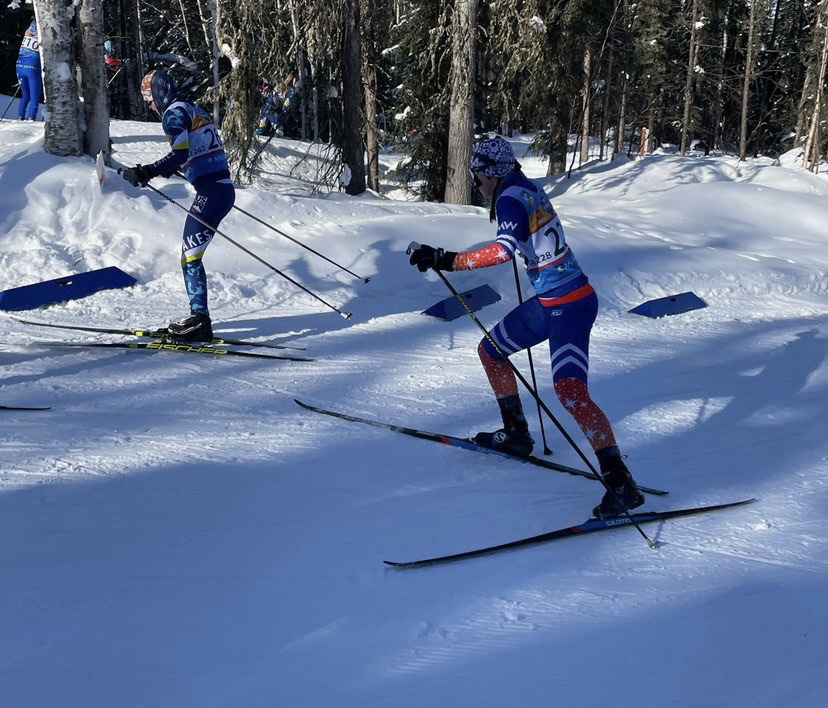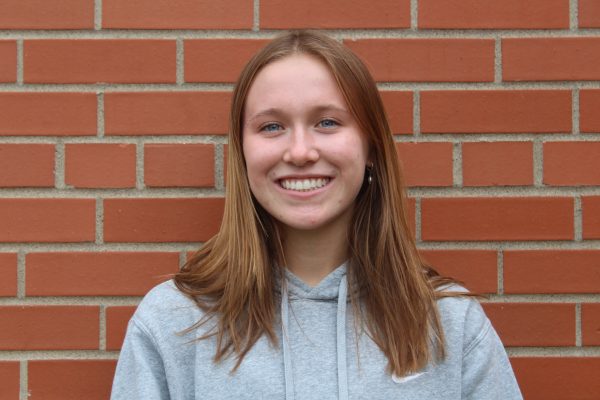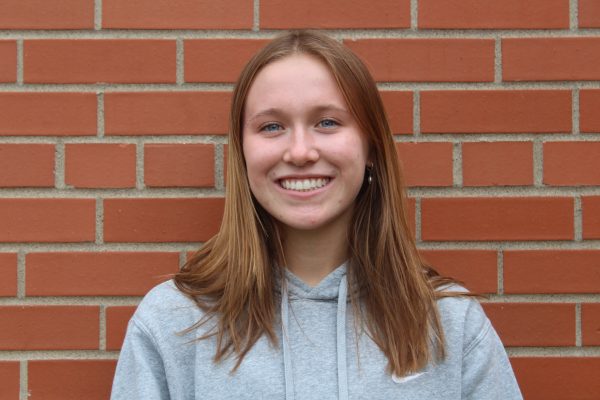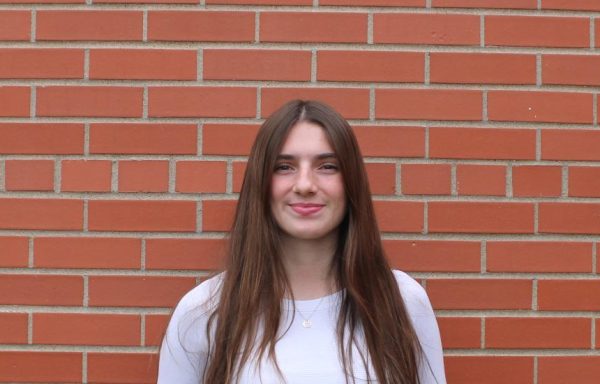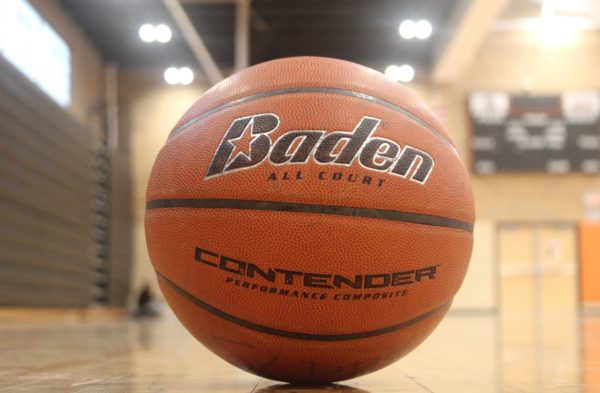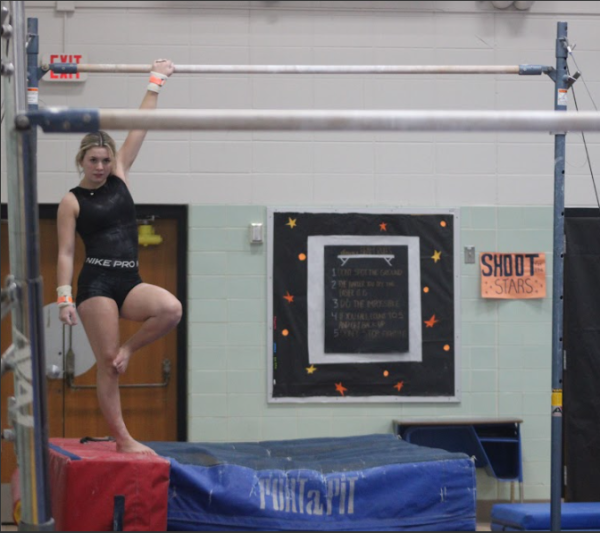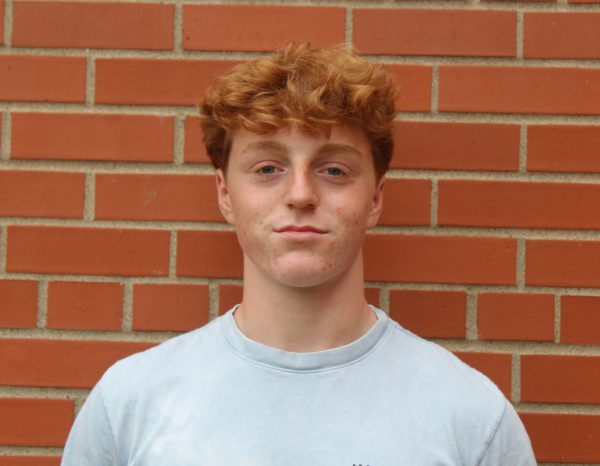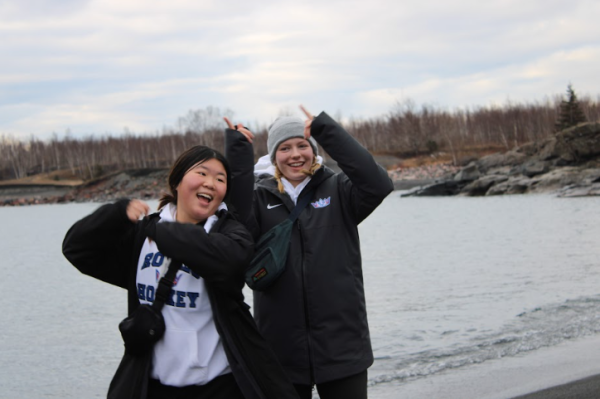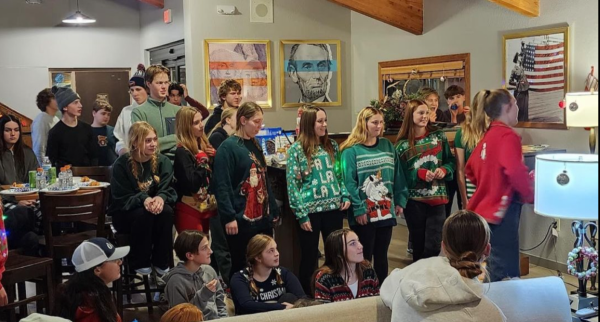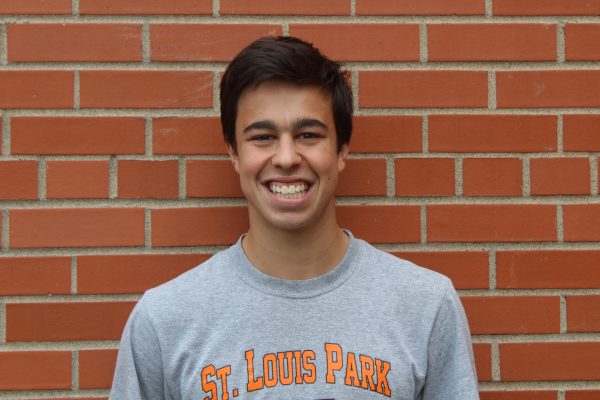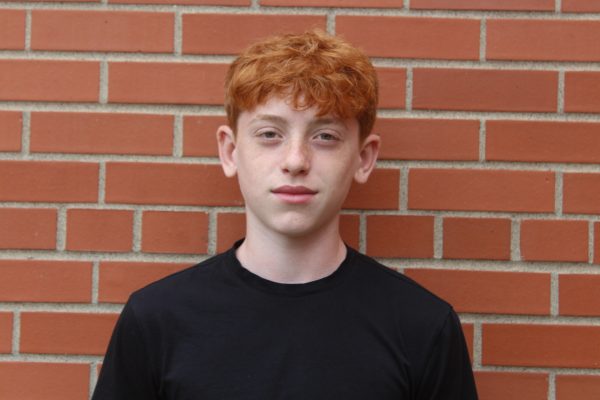Alaskan adventures
Fairbanks hosts 2023 Cross Country Ski Junior National Championships
April 1, 2023
This month, I had the opportunity to travel to Fairbanks, Alaska for the 2023 Junior Nationals nordic ski competition. Over the course of a week, I raced three different times at varying distances. The first race was a 7.5k, then a 1.3k sprint race and finally a 10k. Junior Nationals gave me the chance to compete at a high level against the best junior skiers in the country. The courses were technical and challenging — there were steep climbs and hairpin turns that could send a person flying off the trail if they weren’t careful.
I skied on the Midwest team and we had numerous coaches and wax techs that supported us every step of the way. Before the week of races started, all 10 regions participated in the opening ceremony. Each region carried their respective flag and gathered at the University of Alaska, Fairbanks. We then had the host educate us on the importance of the different Native American cultures living in Alaska. One tribe even performed for us. This ceremony was a great way to get everyone excited for the week ahead, all while reminding us of the history of the land we were racing on.
On the first race day, I was very excited. I am a very routine-oriented skier and I started every race morning the same way: an egg burrito followed by a 5-minute jog to get my muscles ready to go. Then, I would get all my stuff together and put on my uniform. The city had organized shuttles to transport skiers to and from the venue. When I was ready to go, I simply boarded a bus and I was on my way.
Unlike my high school races, everything at the venue ran like a well-oiled machine. Warm up, pick up your bib and get your chip. There was very little room for error. Not only that, but there was a livestream to broadcast our starts and finishes to the entire country. On the other hand, this was a lot more nerve-racking than high school races. The pressure was on as hundreds of people were tuned in to the live stream and refreshing result pages. However, the nerves disappeared the second I took off. It was a relief to enter the zone of total focus.
Alaska is cold. All three races had to be delayed until later in the day due to extreme temperatures. Every morning I would wake up to sub-zero temperatures, sometimes as low as -20 degrees. Fortunately, the sun was warm and there was very little wind. Even with all the layers I wore — a hat, KT tape on both my ears and face and Warmskin — my ears managed to get some frostbite. After a week in such cold weather, Minnesota almost feels tropical.
Competing at Junior Nationals was the best way to end my junior season. It was great to see all the work I put in during preseason and throughout had been worth it. Doug Peterson, the Nordic coach at Park, spent all season helping me prepare for Junior Nationals. He created challenging workouts that pushed me to the next level. I would not be where I am without him and all his support. There is still so much more I can do to become a better skier, however, and I am already looking forward to next season. Racing in Alaska was also an important start in the recruitment process for college. Unlike most sports, skiing requires athletes to reach out to coaches first. It is very unusual for a college ski coach to seek someone out first. Racing at Junior Nationals adds quality results to a skier’s athletic resume, since it is widely known to be extremely competitive. After competing, I was able to send my results to different coaches and hopefully start the process of recruitment.



